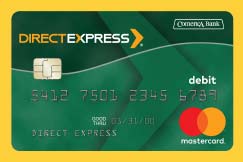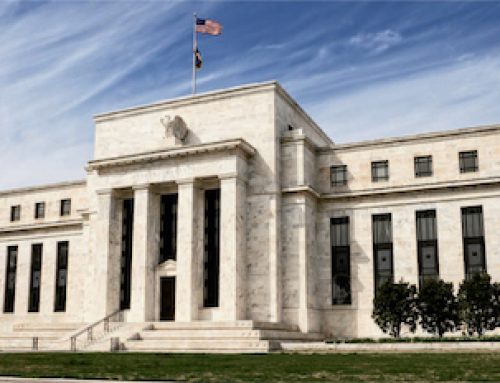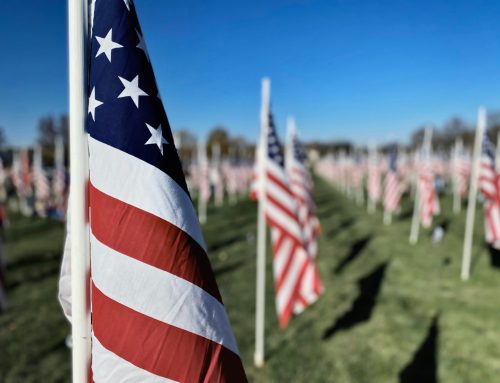A research paper published earlier this year by the Philadelphia Fed explores the factors associated with unbanked status among U.S. households and how these relationships evolved between 2015 and 2019.
According to the biennial FDIC National Survey of Unbanked and Underbanked Households, unbanked rates have been declining in the U.S., down from 7 percent in 2015 to 5.4 percent in 2019. The 2023 FDIC survey reports further improvement, with the national unbanked rate dropping to 4.3 percent, a historical low.
Against this background, the Fed’s analysis asks “Who Remains Unbanked in the US and Why?” and finds that:
- Even as rising incomes drove a decline in the unbanked percentage of the population over this period, income remained the most significant differentiator. Strong correlations with race and ethnicity also persist.
- Unbanked status became more concentrated among single individuals and disabled individuals, less concentrated among younger households, and less strongly related to unemployment spells.
Lack of Digital Access
“… lagging digital access appears to be a major factor in why households remain unbanked.”
Interestingly for followers of Direct Express®, a lack of digital access was identified by the analysis as a new factor contributing to significantly higher likelihood of being unbankedThe analysis suggests that, in addition to income and employment gains in the lower-income strata of the population, a driver of improving financial inclusion has been growth in the use of mobile banking technology.
Overall, the findings suggest that continuation of recent efforts by policymakers to bridge the digital divide in rural and urban areas and to enhance financial literacy could help expand financial inclusion.
“New factors identified by the analysis include lack of digital access…. associated with significantly higher likelihood of being unbanked”
Direct Express®, the Unbanked, and Digital Access
According to our latest cardholder survey, almost seven in ten Direct Express® cardholders were unbanked in 2024. Representative Payees are more likely than cardholders to have a bank account. The number of banked cardholders has increased since 2019, though the proportion recorded as unbanked increased by one percent since 2023.
Through Direct Express®, the US Treasury is doing its part to provide digital access by equipping unbanked federal beneficiaries with a network branded, prepaid debit card, functioning as a nonbank transaction account. This increases parity with banked populations in terms of financial capability.
With the Direct Express® card, beneficiaries can perform transactions such as paying a bill by phone or online and they can set up automatic payments for recurring expenses such as insurance or rent. They can also enjoy the convenience of shopping online—an especially valuable feature for those who have limited mobility.
To download the Federal Reserve Bank of Philadelphia’s Survey, click HERE.
SOURCE: Federal Reserve Bank of Philadelphia








